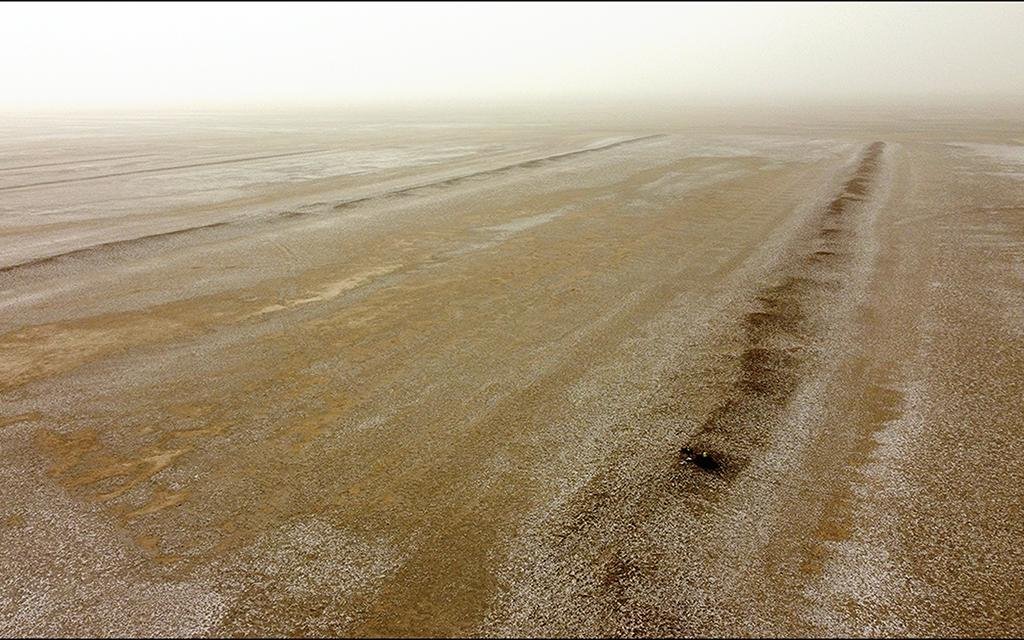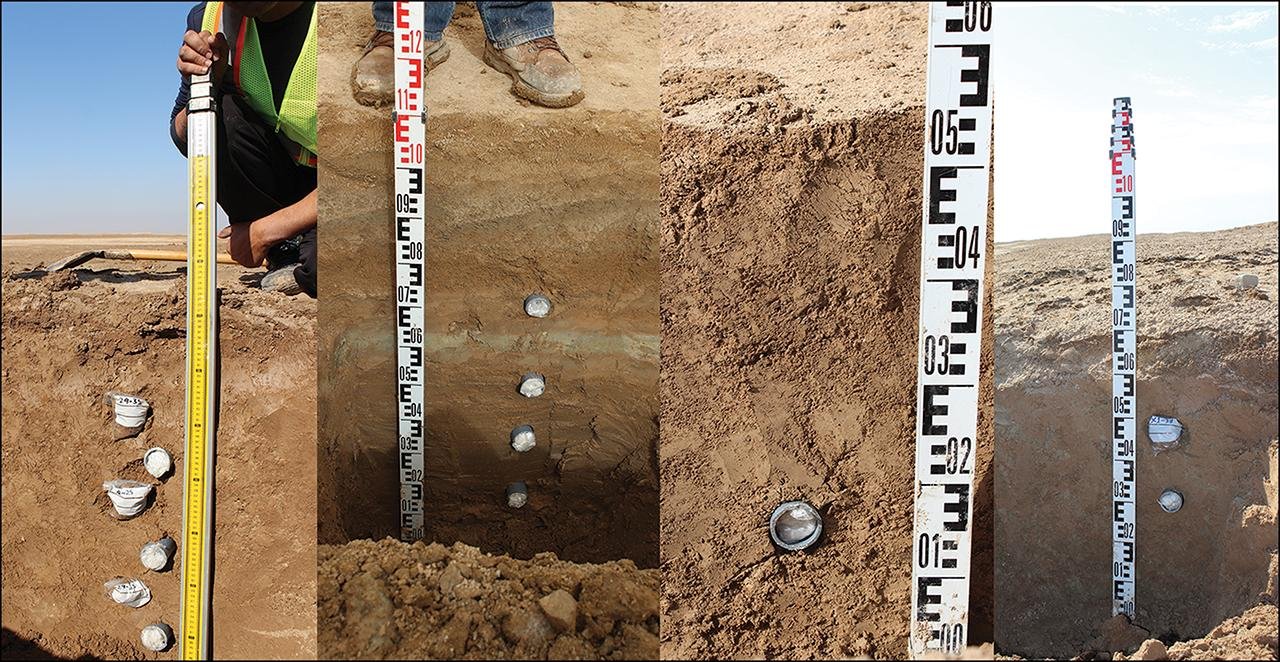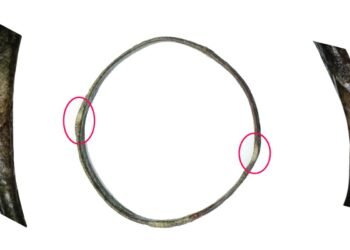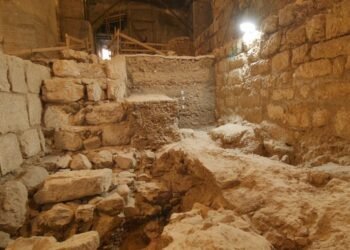A recent archaeological study in southern Iraq is redefining the history of the Zanj rebellion, a massive uprising that shook the Abbasid Caliphate between 869 and 883 CE. For centuries, it was recorded in the accounts—mostly written by medieval chroniclers like Al-Tabari and Al-Mas’udi—that the rebellion was a disaster that crippled the Basra economy and left large tracts of farmland abandoned. But newer scientific evidence shows that agriculture within the floodplain of the Shatt al-Arab continued much longer than previously suggested.

The Zanj rebellion, led by Ali bin Muhammad, consisted of a mixed group of rebels that included African slaves and local farmers. The majority of the slaves were forced to work under tough conditions, reclaiming land for the growing of sugarcane and extracting saltpetre from surface soils. Al-Tabari’s Annals of Prophets and Kings recounts how Ali mobilized support by denouncing slave owners for their cruelty. Addressing them in front of their captives, he declared: “I wanted to behead you all, for the way you have treated these slaves, with arrogance and coercion… In ways that Allah has forbidden.”
Archaeologists have long attributed the massive network of abandoned ridges and canals across the floodplain to the work of these enslaved individuals. Stretching more than 800 square kilometers, the features include linear earthworks, some over a kilometer in length, and dried canals and secondary channels. Scholars have so far assumed that they were built exclusively in the decades leading up to the rebellion and then left abandoned when conflict destroyed the region’s agricultural economy.
That view is being undermined. In 2022, researchers excavated four of the roughly 7,000 ridge features and extracted soil samples for optically stimulated luminescence (OSL) dating. The technique revealed that certain ridges remained in use a century or more after the revolt, with dates extending into the 11th, 12th, and even 13th centuries. According to the researchers, the findings call into question the impact of the rebellion on farming and the local economy, showing that cultivation persisted well after the uprising.

The study notes that “Zanj” itself was an ambiguous term. While generally linked to slaves from the Swahili coast of Eastern Africa, some scholars argue that the majority of enslaved Africans may have come from West and Central Africa via Saharan trade routes. Written accounts also reveal that not all participants in the uprising were African slaves but that some were local peasants, demonstrating that the rebellion had a complex social makeup.
The rebellion was not the first of its kind—there had been small rebellions by Zanj groups in the late 7th century—but none were as extensive or persistent as the 9th-century conflict. Rebels clashed with Abbasid soldiers for over a decade, even sacking Basra, before they were routed in 883. But new archaeological evidence shows that agriculture rebounded, or at least survived, in much of the floodplain.

However, there are questions. Why this large area of farmland was abandoned, finally, between the 13th and 14th centuries, is not known. Climate change, disease, and broader political or economic shifts may all have played a role. At least one thing is clear, though: the ridges and canals—once overlooked—are now recognized as a significant feature of the Iraqi landscape heritage.
























As academics, we need to be sure to use specific language. “African slaves” is far too general a term. The entire continent of Africa did not supply slave labor to Abbasid Caliphate. Please specify the groups (nationalities, ethnicities)—-this is crucial. Africa is not a monolith.